A Tour of Havana’s Napoleon Museum
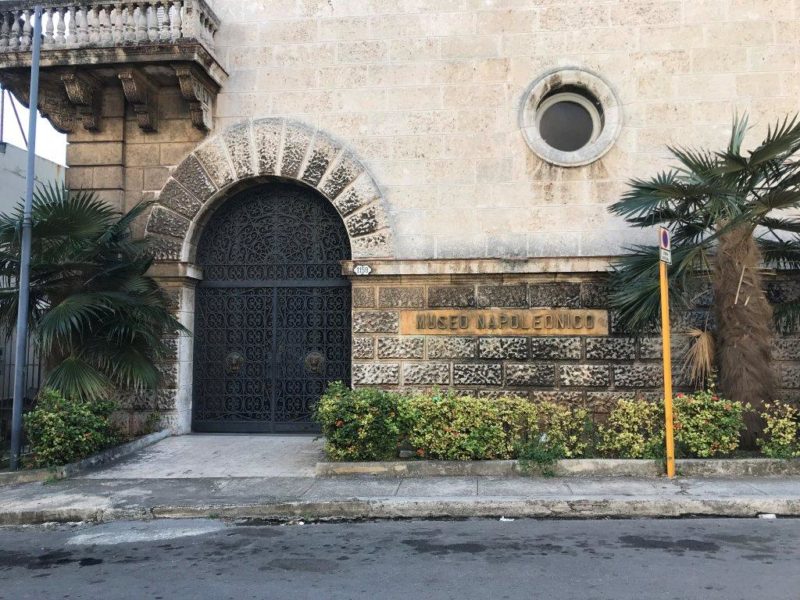
Photo Feature by Irina Pino
HAVANA TIMES – I used to come here quite frequently in my teenage years, especially when I would skip school. There was this wonderful feeling whenever you’d walk into this copy of a 16th century Renaissance palace, that belonged to Cuban tycoon Orestes Ferrara, who was in the sugar cane business.
An avid collector, he went to great lengths to collect objects that belonged to Napoleon Bonaparte and many others from that time.
The collection (7,400 pieces) includes garments, paintings, recordings, sculptures, furniture, tapestries, bladed weapons and artillery. There is also a large library with books in English and French.
Before you reach the first garden, there are two women covered by a veil, except for their bare feet. Both sculptures show the artist’s interest in highlighting the delicate female form.
They were outside, near Nature, for many years, but it seems they were moved inside so they wouldn’t be stolen.
There are many pictures of Napoleon on show, with different designs and sizes, some of which depict him with his characteristic uniform and hat, while he sits in others. One picture stands out because he is wearing a laurel wreath on his head, like a Roman emperor. It’s a well-known fact that he had grandiose delusions.
In the bedroom, there is his bed and the feet have Egyptian sphinxes, there are paintings, a dressing table with exquisite trinkets and, his death mask on a bedside table.
The library is upstairs, on the third floor, covered in precious wood, finished off with a ceiling of thick beams and shelves full of books of historical value.
One thing I’ll tell visitors, whether they are foreign or not, is that you reach this museum, located on San Miguel and Ronda Streets, on the side of Havana University. There, you’ll make an unforgettable memory, taking photos inside the house and its garden. You just might feel like a French person from the 16th century.

















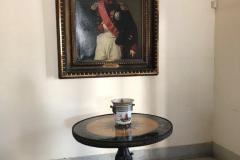
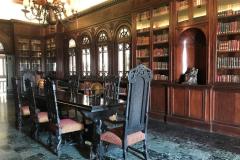
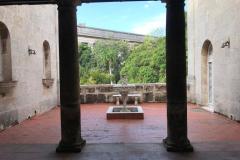
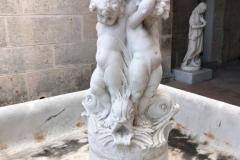
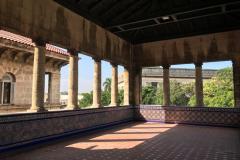


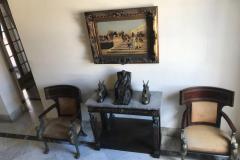





many of the belongings came from:
Antommarchi (francesco) – geb. 1780 op Corsica, overl. 1838 op Cuba, was van 1818 tot diens dood Napoleons lijfarts op St.-Helena, als opvolger van Dr. O’Meara. Hij schreef Mémoires du docteur F. A. ou les derniers moments de Napoléon (2 dln. Parijs 1823).
What a magnificent mansion – So sorry that I did not visit during my Havana holidays !!